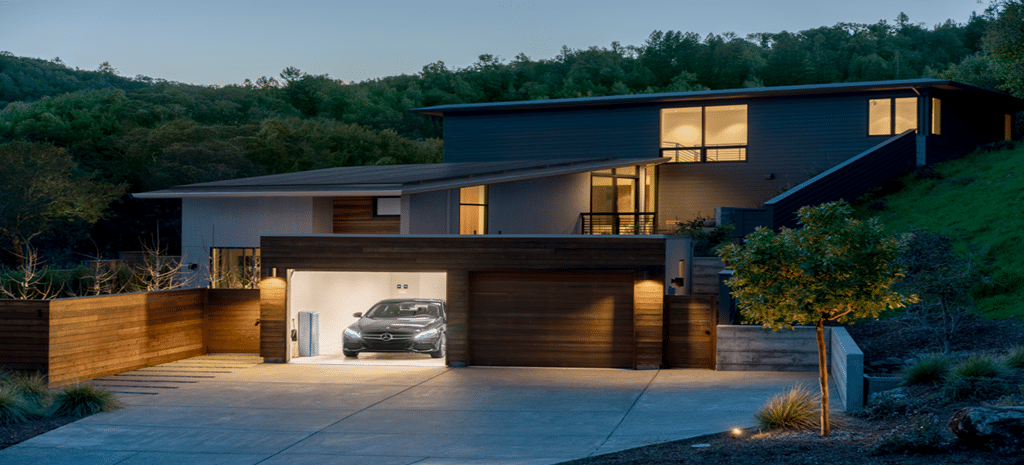Until now, a custom communications interface has often been used between a utility’s (or aggregator’s) control system, and distributed energy resources. A new standardized communications profile, developed by a collaborative industry team, will provide two key benefits, according the Electric Power Research Institute (EPRI):
- Solar and storage systems using the profile will be more likely to integrate “off the shelf”
- An “expansive set of capabilities” included in the profile will facilitate the future use of solar and storage capabilities.
The “expansive” capabilities included in the new profile include 8 basic functions for distributed energy resources, 5 emergency modes, 8 active power modes, 5 reactive power modes, a pricing signal mode, scheduling of modes, and provisions for grid configuration and islanding.
EPRI provided a graphic showing these benefits (DNP stands for distributed network protocol).

The document describing the communications profile notes that “this document is an application note, meaning it does not specify any changes to the DNP3 standard at all: it merely describes how to use DNP3 for a particular purpose.” The document, available from the DNP3 Users Group, is “DNP3 Application Note AN2018-001 – DNP3 Profile for Communications with Distributed Energy Resources.”
Working alongside EPRI, which led the team preparing the communications profile, were the DNP Users Group, the MESA Standards Alliance, SunSpec Alliance, EnerNex, and Xanthus Consulting. The California Energy Commission provided partial funding (press release).
The profile consists of a “standard data point configuration, set of protocol services and settings” for communicating with distributed energy resources using DNP3 (which is also known as IEEE Standard 1815-2012) that “complies with functional requirements in California Rule 21 and IEEE Standard 1547-2018.” The communications profile also maps to the “internationally recognized information model IEC-61850-7-420.”
EPRI provided the following table, which places DNP3 in the context of these and other standards.

This content is protected by copyright and may not be reused. If you want to cooperate with us and would like to reuse some of our content, please contact: editors@pv-magazine.com.








By submitting this form you agree to pv magazine using your data for the purposes of publishing your comment.
Your personal data will only be disclosed or otherwise transmitted to third parties for the purposes of spam filtering or if this is necessary for technical maintenance of the website. Any other transfer to third parties will not take place unless this is justified on the basis of applicable data protection regulations or if pv magazine is legally obliged to do so.
You may revoke this consent at any time with effect for the future, in which case your personal data will be deleted immediately. Otherwise, your data will be deleted if pv magazine has processed your request or the purpose of data storage is fulfilled.
Further information on data privacy can be found in our Data Protection Policy.